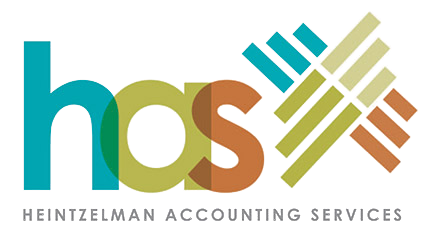
You may have heard the IRS has launched a new W-4 form for 2020. The W-4 Form, also known as the Employee’s Withholding Certificate, has undergone a major overhaul that will impact all NEW employees and any current employees needing to make payroll withholding changes.
Current employees are NOT required to submit the new Form W-4 form just because the form has changed if they have a prior W-4 form on file. An employee’s withholding will continue based on a valid prior W-4 form previously submitted by the employee to the employer.
The form has an entirely new look and several new input fields replacing the familiar “withholding allowances” box. In some cases the form can be completed by simply filling in the information in ‘Step 1’ and ‘Step 5’, which is all that is required; however, in many (probably most) cases employees will need to provide details from their prior year’s tax return. If workers fail to complete this form properly they may likely end up with a surprise tax amount due at year-end.
- There is no longer an ‘Exempt’ from withholding checkbox. To claim exemption from withholding you must certify that you meet the conditions of exemptionsby writing “Exempt” on Form W-4 in the space below Step 4(c).
- There is No Withholding Allowance (# of allowances) box on the new form.
- There is a new Head of Household filing status option on the new form.
- There is an option to use an IRS website (www.irs.gov/W4App) estimator that gives you the maximum accuracy and privacy in computing the correct amount of withholding for multiple jobs, a spouse who also works, special dependent situations, or other income or deductions.
- A simple checkbox option [Step 2 – C] is available when an employee has two jobs with roughly the same earnings, which results in the standard deduction and tax brackets being cut in half for each job for purposes of computation of withholding. The checkbox must be selected on the new W-4 form for both employers.
- Lines 3, 4(a) and 4(b) are all ‘annual’ (Full Year) amounts, while line 4(c) is a ‘pay-period’ (Per Pay Check) amount. This is likely a source of significant confusion for both employees and employers.


Recent Comments